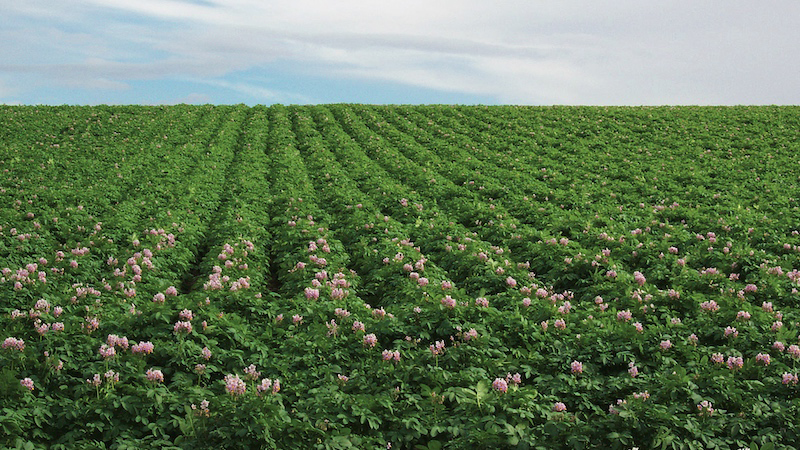Ways Technology and AI Can Better Protect Your Crops

Erratic weather incidents and extreme climates have made it difficult to grow outdoors in recent years. According to Vonnie Estes, Vice President of Innovation at the International Fresh Produce Association (IFPA), implementing agricultural technology and AI could be the key to protecting outdoor crops, including those grown under covers such as hoop houses or high tunnels.
How Can Technology Help Save Crops?
Using agricultural technology doesn’t always require robots or fully automated greenhouses. In some cases, a hoop house, tunnel or covering might be the extra layer of protection an outdoor grower needs to protect crops from sun or storms.
“The sun is more intense nowadays with climate change,” Estes said. “Some of these fruits and vegetables can’t handle that extreme sunlight, so [some growers] might just need to put up a tunnel that can open and close itself so their crops don’t burn.”
How Can AI Help Protect Crops?
AI is a huge player in today’s ag tech space in many capacities. One way it will revolutionize crop production is in plant breeding as the climate continues to change. This is especially helpful for areas that experience particularly hot summers and bitter cold winters.
“AI is beneficial when looking at things like gene editing and breeding at different climates,” Estes said. “[With the right breeding], a plant might be just fine at a hotter or colder climate.”
This would enable outdoor growers to protect crops from physical climate disruptions (hail, wind, sun, etc.) with semi-permanent structures while protecting the crops from heat and cold through breeding techniques.
“There’s a lot of exciting technologies in crop protection that will help us grow better with a changing climate,” Estes said. “Breeding, and looking at things like gene editing to be able to breed differently for some of those climate variations, and so maybe you don’t need as many chilling hours, or the crop can be ok if it’s hotter or there’s more drought. I think with breeding and things like gene editing where we can create generations much faster, I think that’s going to be a huge solution.”
For more, continue reading at CEAgWorld.com.









